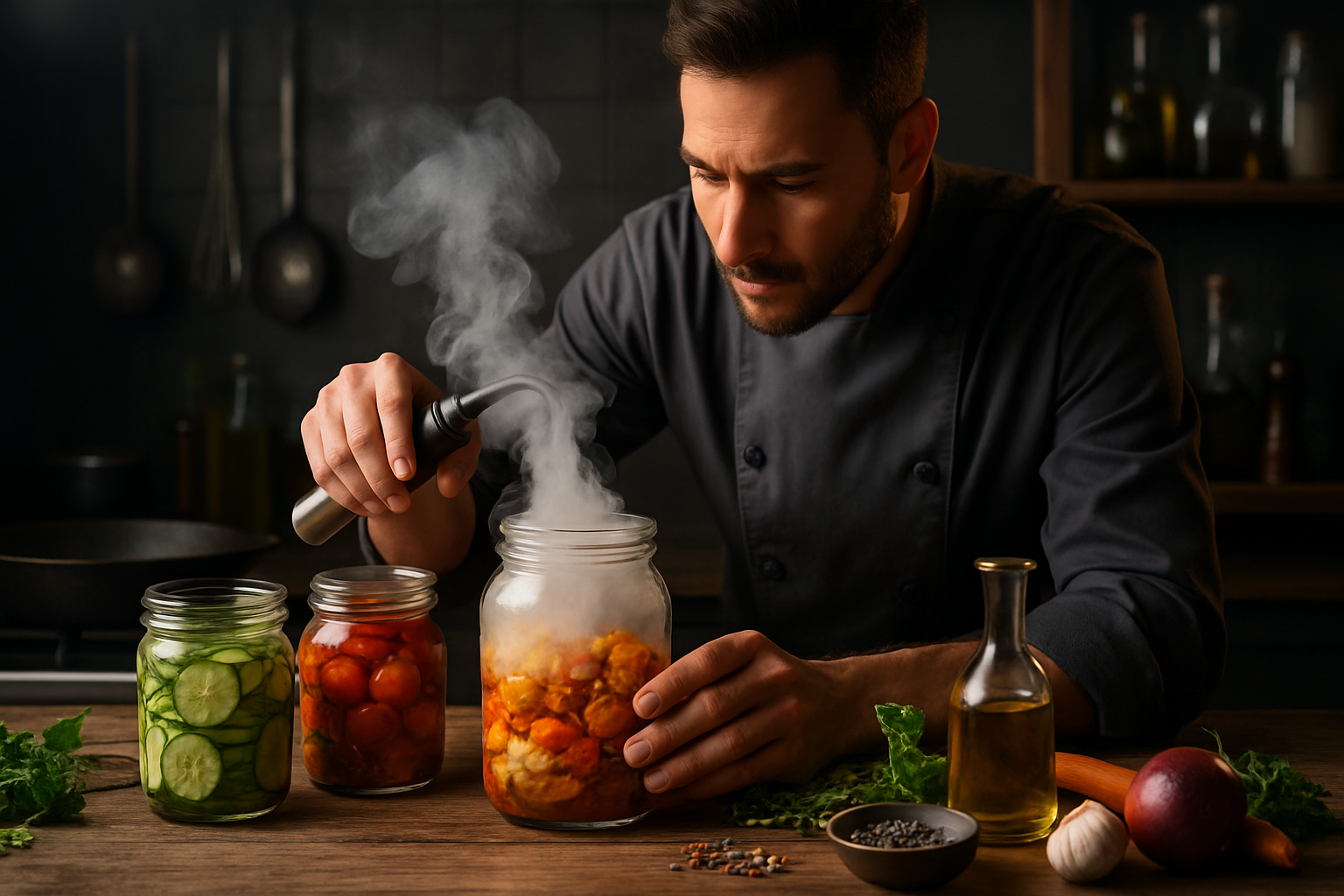Menu planning templates for small gatherings
Practical menu templates keep small gatherings balanced, seasonal, and manageable. This article outlines adaptable frameworks for choosing cuisine, pairing drinks and dishes, organizing prep tasks, and using pantry staples to reduce waste while highlighting taste, nutrition, and simple culinary techniques.

Planning a menu for an intimate group centers on clarity: choose a coherent cuisine, balance flavors and nutrition, and stage prep so guests enjoy the event rather than arriving to last-minute chaos. Templates act like maps—defining courses, portion sizes, timing, and drink pairings—while leaving space for seasonality, sustainability, and personal taste. Below are modular templates and practical guidance to fit different formats and dietary needs for gatherings of four to twelve people.
How does seasonality shape menu planning?
Seasonality guides ingredient selection and cost efficiency while enhancing flavor. Design templates around a seasonal protein or vegetable, then build two to three complementary courses and a simple dessert. Using in-season produce shortens supply chains and often improves taste and nutrition. For example, a summer template might center on grilled vegetables, a chilled soup, and a fruit-based dessert, while a winter template could focus on braised mains, roasted root vegetables, and a warm spice-infused dessert. Adjust portion sizes and cooking times so prep windows overlap logically.
How to balance flavors and nutrition?
A balanced menu considers umami, acidity, sweetness, bitterness, texture, and nutritional needs across courses. Templates should include a bright element (acidic vinaigrette or pickles), a rich component (roasted or braised item), and a fresh counterpoint (salad or herbed side). For nutrition, ensure each plate has protein, fiber-rich vegetables, and a mindful carbohydrate portion. Incorporate allergen-safe swaps and clear labels so guests can make informed choices. Taste-testing templates ahead of time helps refine seasoning and portion control.
What pairings and mixology suit small gatherings?
Pairings elevate a simple menu: match acidity with fatty foods, citrus with seafood, and tannic reds with grilled or roasted textures. For small groups, create a concise drinks template: one signature cocktail, one wine white and one red, and a nonalcoholic option that mirrors the primary flavor profile. Mixology templates can scale by batching ingredients and preparing garnishes in advance. Include tasting notes and simple pairings on a menu card so guests understand the intended flavor interactions.
Which culinary techniques speed prep and improve taste?
Choose techniques that amplify flavor with predictable timing: roasting concentrates sugars and is low-attention; braising develops depth and can be reheated easily; quick pickling adds acidity with minimal hands-on time. Fermentation can be part of prep if started days ahead—simple kimchi or quick-brined vegetables add complexity. Templates should map a timeline: day-before components, morning tasks, and a one-hour finish window. Label prep steps to assign to helpers, and prioritize equipment needs so nothing becomes a bottleneck.
How to choose cuisine and recipes for entertaining?
Select a central cuisine as the organizing principle—Mediterranean, East Asian, or Latin American approaches simplify ingredient lists and coherent flavor pairings. A template might include an appetizer that introduces the cuisine’s key flavors, a shared main with two sides, and a dessert that echoes earlier notes. Build a short recipe list (three to five) with clear servings and timing. Emphasize accessible gastronomy by adapting techniques and reducing complex plating, keeping the focus on communal taste and conversation.
What pantry essentials support sustainable mealplanning?
A well-stocked pantry enables flexibility and reduces last-minute shopping. Templates should assume staples like oils, vinegars, cured salts, canned tomatoes or beans, dried grains, and preserved acids—items that help bridge seasonal gaps. For sustainability, prioritize local services and suppliers in your area for fresh produce, and favor reusable packaging or bulk purchases where practical. Fermentation and preservation templates extend produce life and create distinctive condiments that enhance taste without waste.
Conclusion Modular menu templates take the strain out of hosting by structuring cuisine, recipes, pairings, and prep into repeatable frameworks. Incorporating seasonality, simple mixology, clear timelines, and pantry-forward planning supports both flavor and sustainability. With templates tailored to guest numbers and dietary needs, small gatherings can feel relaxed and thoughtfully composed while highlighting gastronomy basics and enjoyable taste experiences.





